In an effort to meet sustainability goals, the national demand for renewable energy has never been greater. But it’s hard to predict the unpredictable, even though that is exactly what energy producers are being asked to do. So how do you accurately forecast renewable generation that is dependent on the variability of wind and solar?
Today, we are excited to announce Amperon’s latest solutions to tackle these challenges: renewable forecasts. Beginning with asset-level solar forecasts, these new tools will enable customers to gain deeper insights into their renewable energy production.
Accurate Asset-Level Solar Generation Forecasting
Amperon's renewable forecasts provide customers with hyper accurate solar generation forecasts at the asset level, offering invaluable insights to mitigate uncertainty and optimize operations.
On the Amperon platform and via our API, you'll get visibility into:
- 15-day solar generation forecasts, updated hourly
- Flexibility to view forecasts at the individual site-level or aggregate-level for portfolio management.
- Forecast accuracy: Each hour's forecast accuracy is scored, calculated based on the asset's nameplate capacity, providing transparency and accountability.
This first version of our solution empowers customers to:
- Confidently Schedule Bids: By accurately forecasting solar generation, customers can reduce exposure to volatile real-time market prices and confidently schedule energy bids in advance.
- Optimize Generation: Understand the optimal times to utilize solar and storage facilities to offset demand during peak pricing periods, maximizing economic value and energy output.
Our forecasting methodology leverages a combination of standard time-series data, site-specific information, weather data, and operational details. To generate forecasts, we consider a comprehensive set of weather variables, including temperature, radiation, cloud cover, precipitation, windspeed, and snow. Then, multiple machine learning (ML) models are employed, dynamically weighted based on past performance, ensuring continuous improvement and reliability.
A New Standard in Renewable Forecast Accuracy
Traditional forecasting metrics, like MAPE, nMAE, and RMSE, fall short when dealing with renewable generation, especially for single-site solar. They fail to take into account the system's capacity (maximum power that the system can produce), leaving error values that look like 517% MAPE. A wild number that is hard to gauge what it means.
In order for our customers to have confidence in the accuracy of their solar forecasts, we are introducing an alternative to forecasting renewables: cnMAE (capacity normalized mean absolute error).
The cnMAE scales the forecast error according to the system's capacity. This presents a relative error measure, ensuring that the scale of the system and the values observed during the estimated period do not influence the error score. Simply, cnMAE = MAE/Capacity.
By introducing the system capacity into error measurement, cnMAE alleviates the limitations of traditional methods, thus providing a versatile and equitable error metric for the renewable energy industry.
Embracing the Future of Renewable Energy
With Amperon's renewable forecasts, IPPs and public power organizations can navigate the complexities of renewable energy generation with confidence and precision. By harnessing the power of accurate forecasting, customers can unlock the full potential of their solar assets while driving toward a sustainable energy future.
This is the first version of our renewable energy forecasts. Stay tuned for more updates as we continue to innovate and expand our suite of renewable energy solutions. Contact us today to learn more about how Amperon can help you optimize your renewable forecasts.



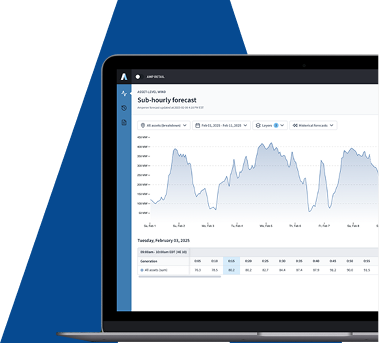
.svg)


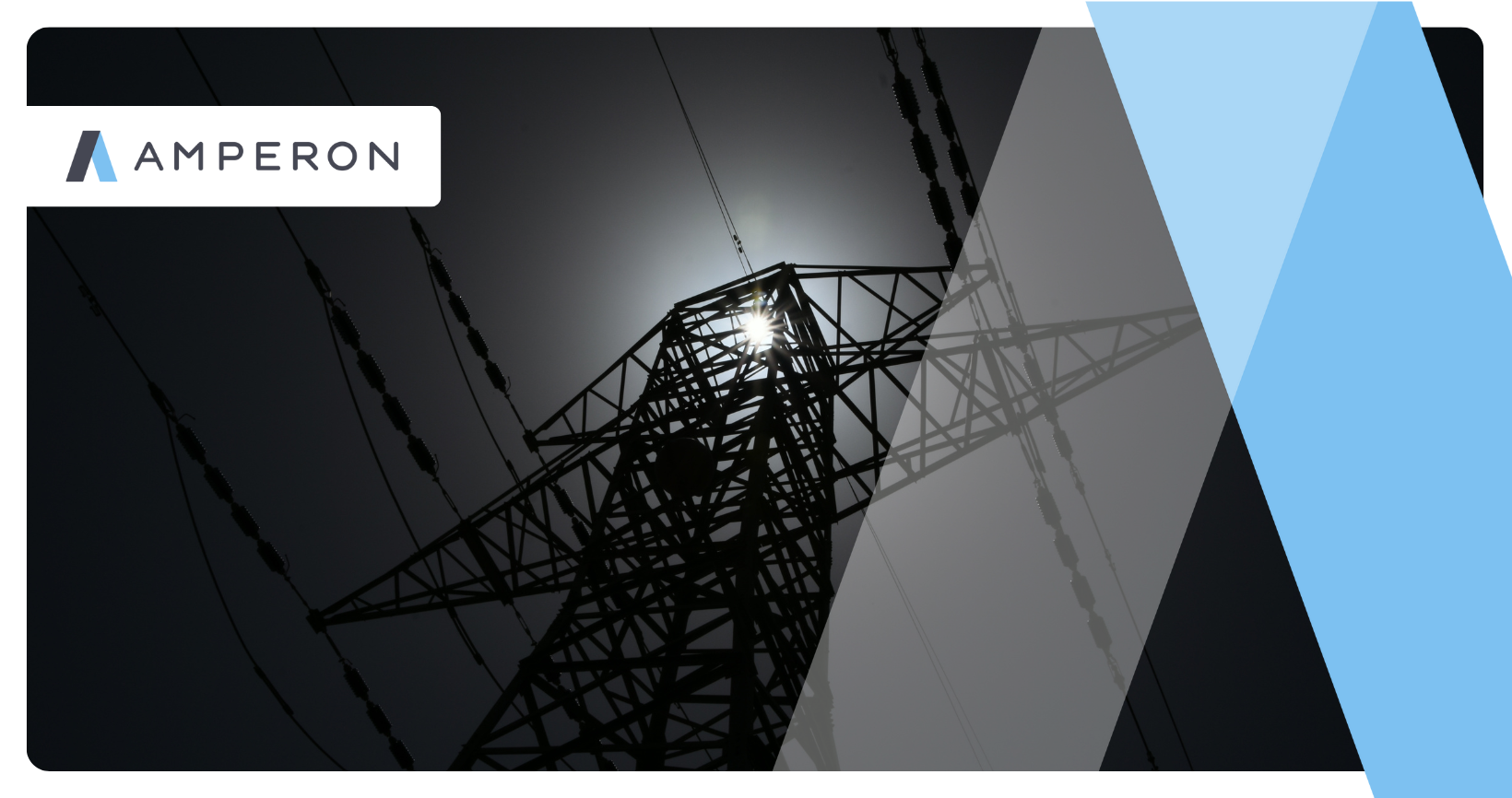

%20(3).png)
%20(2).png)
%20(1).png)
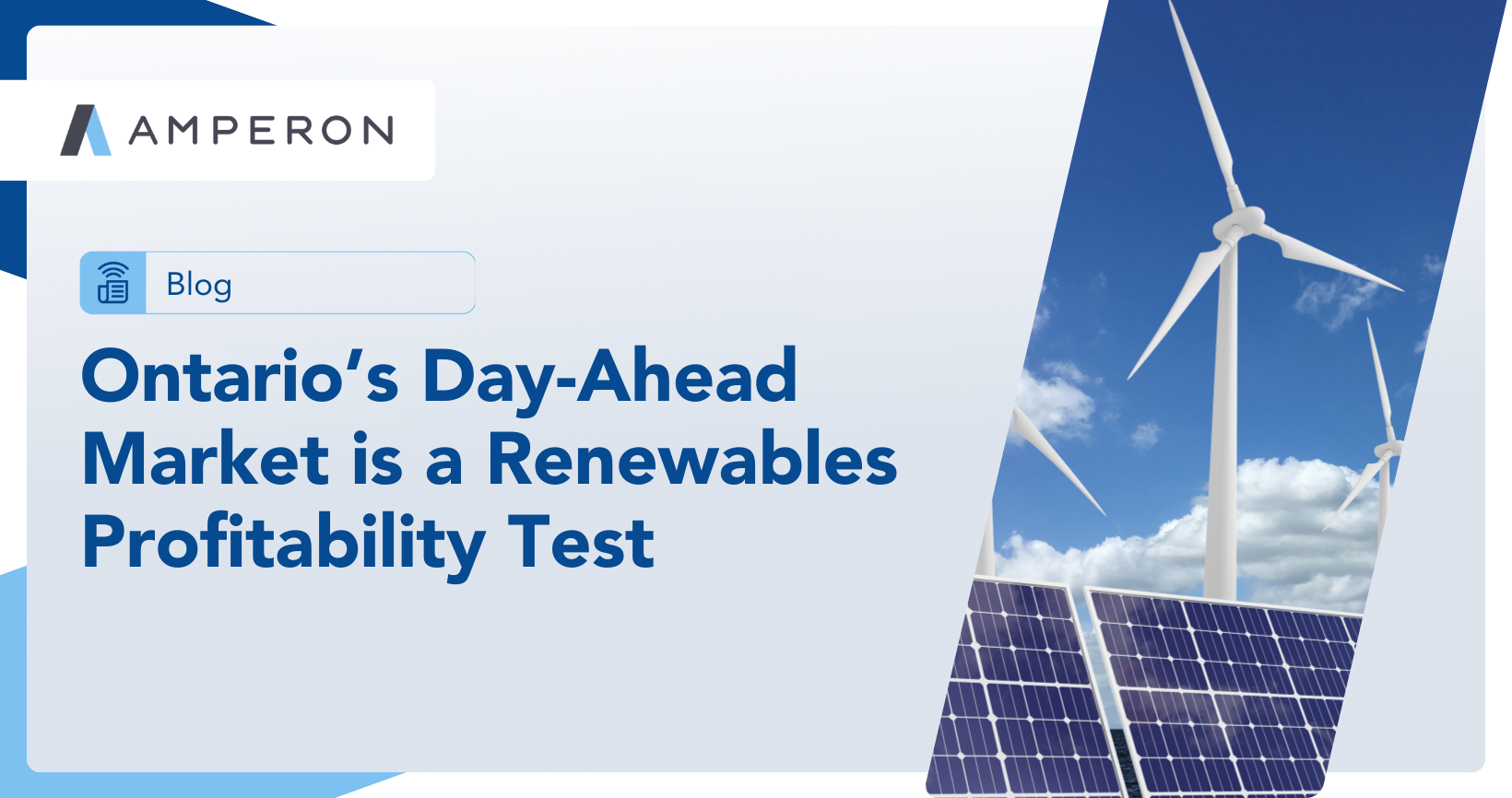
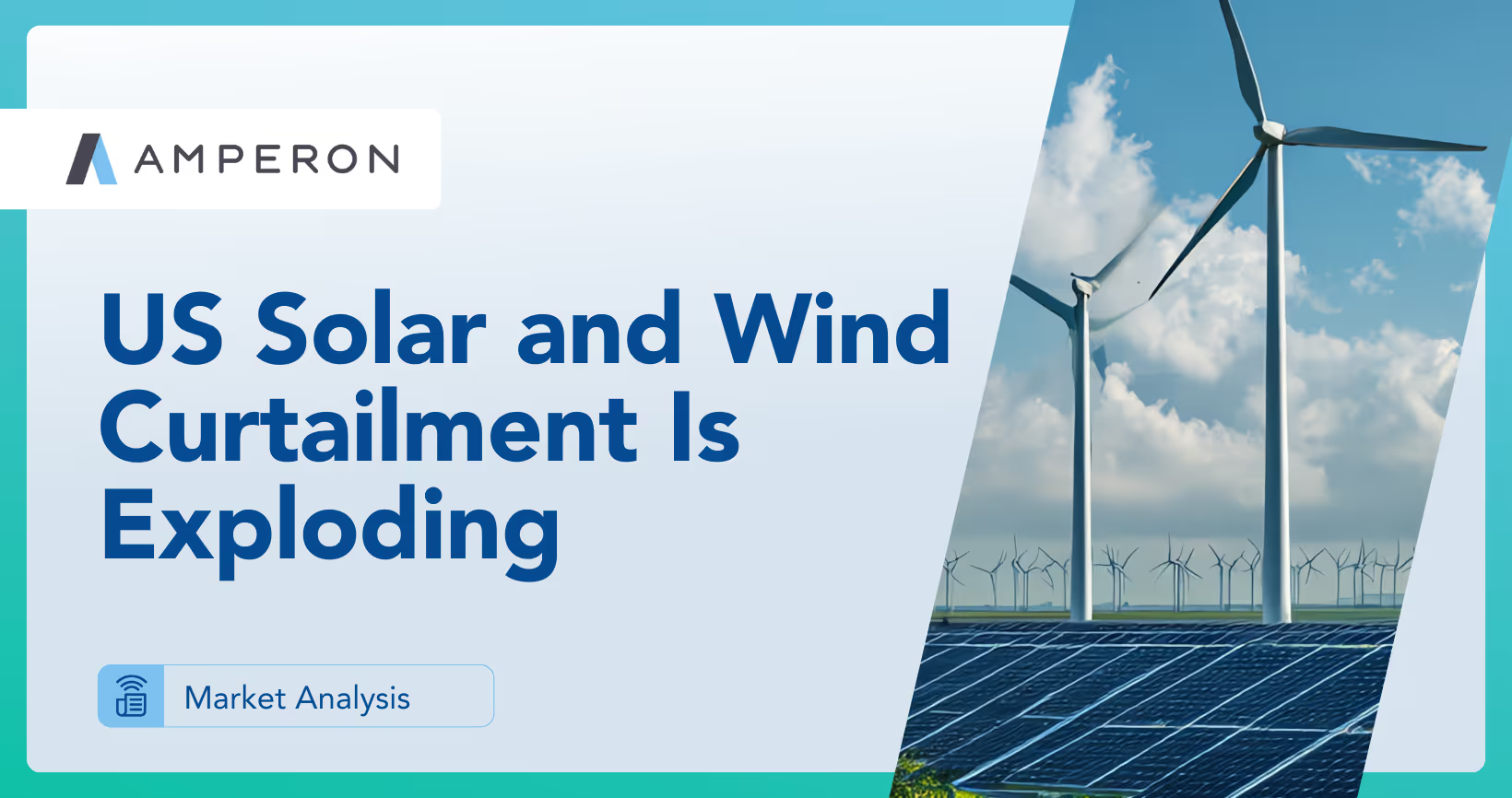





.png)

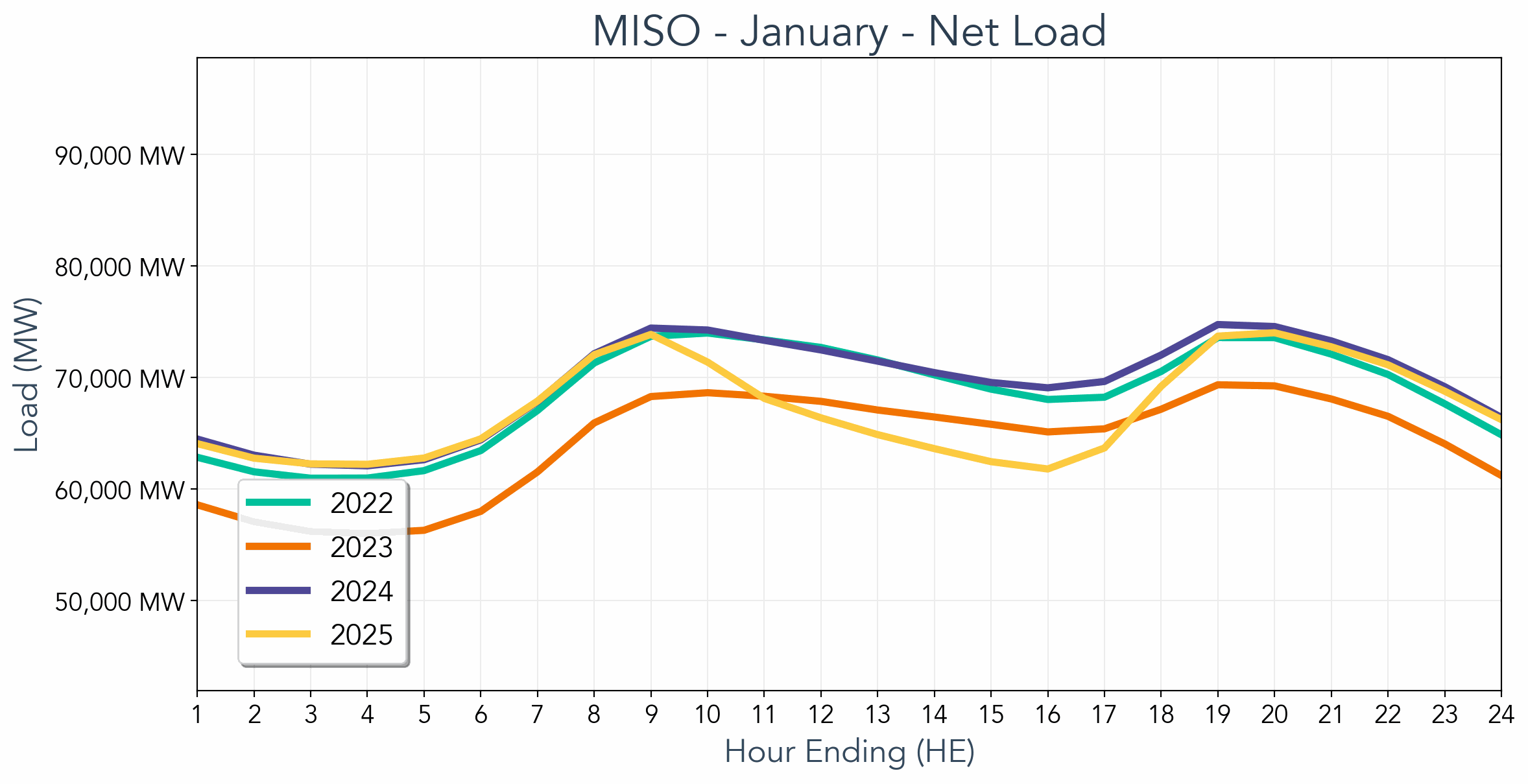

.avif)



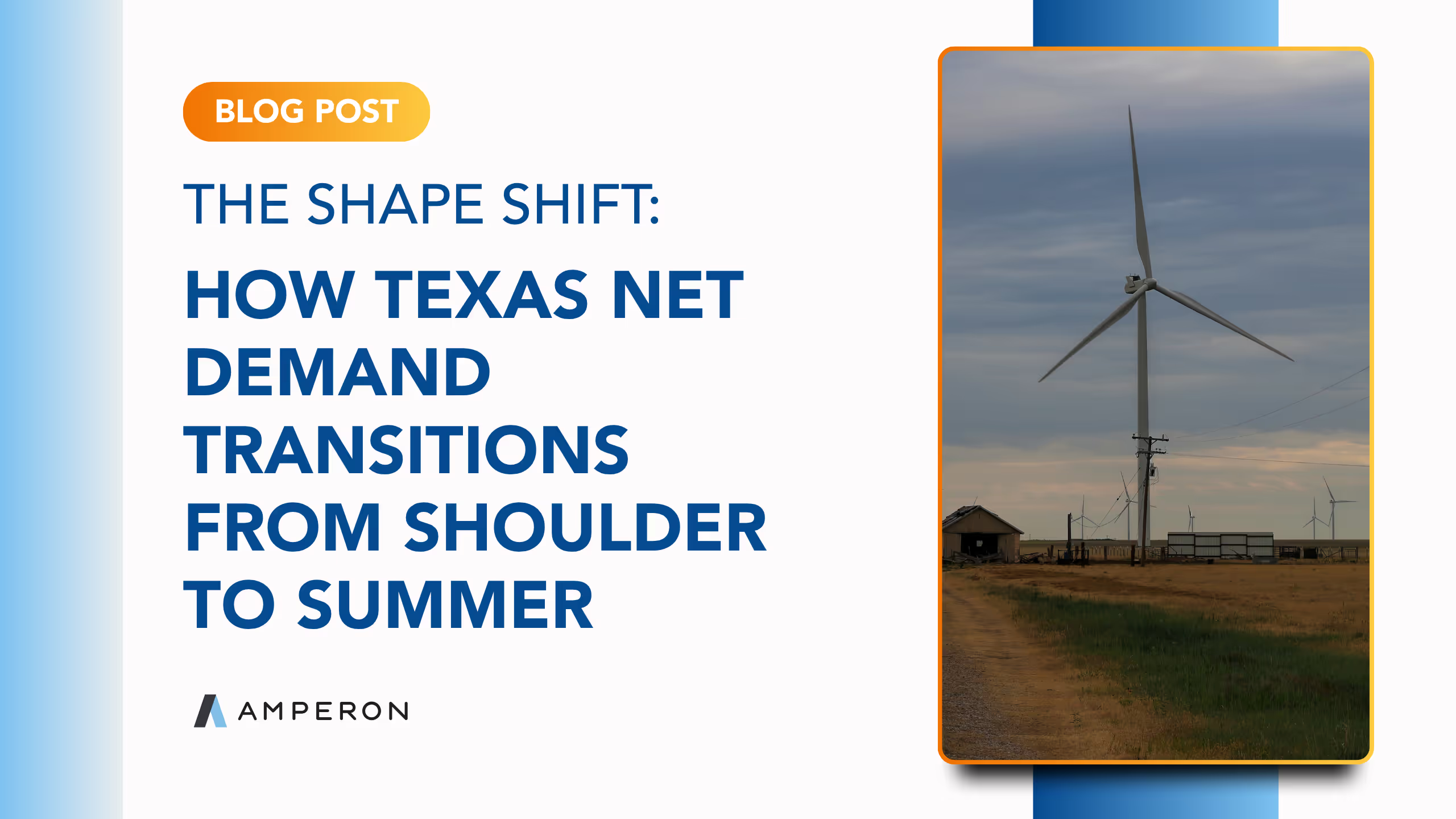
.avif)
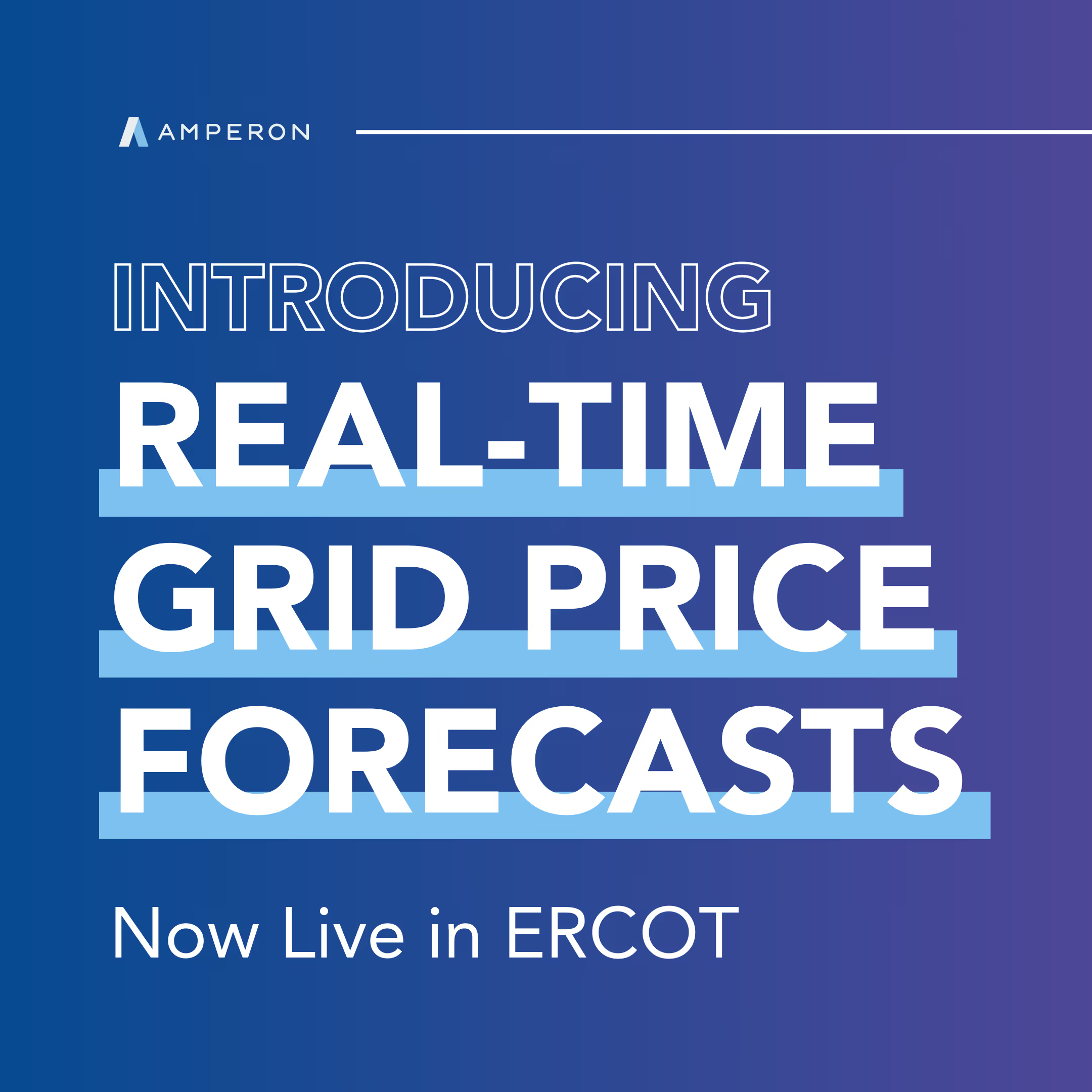
.avif)
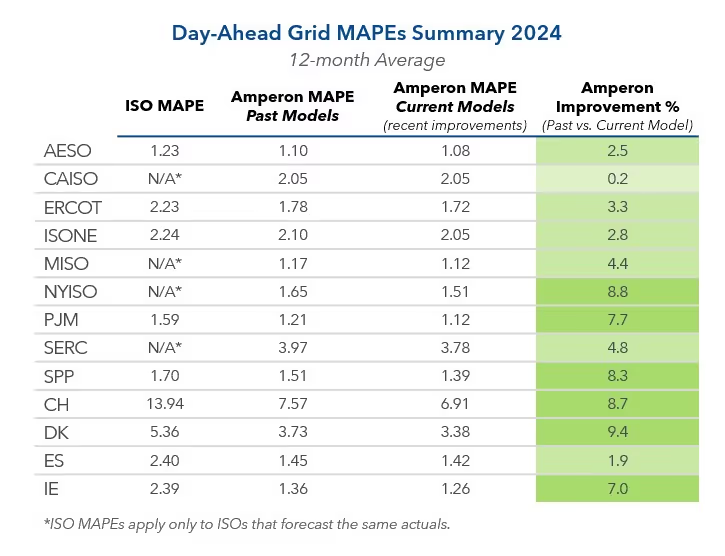

.avif)
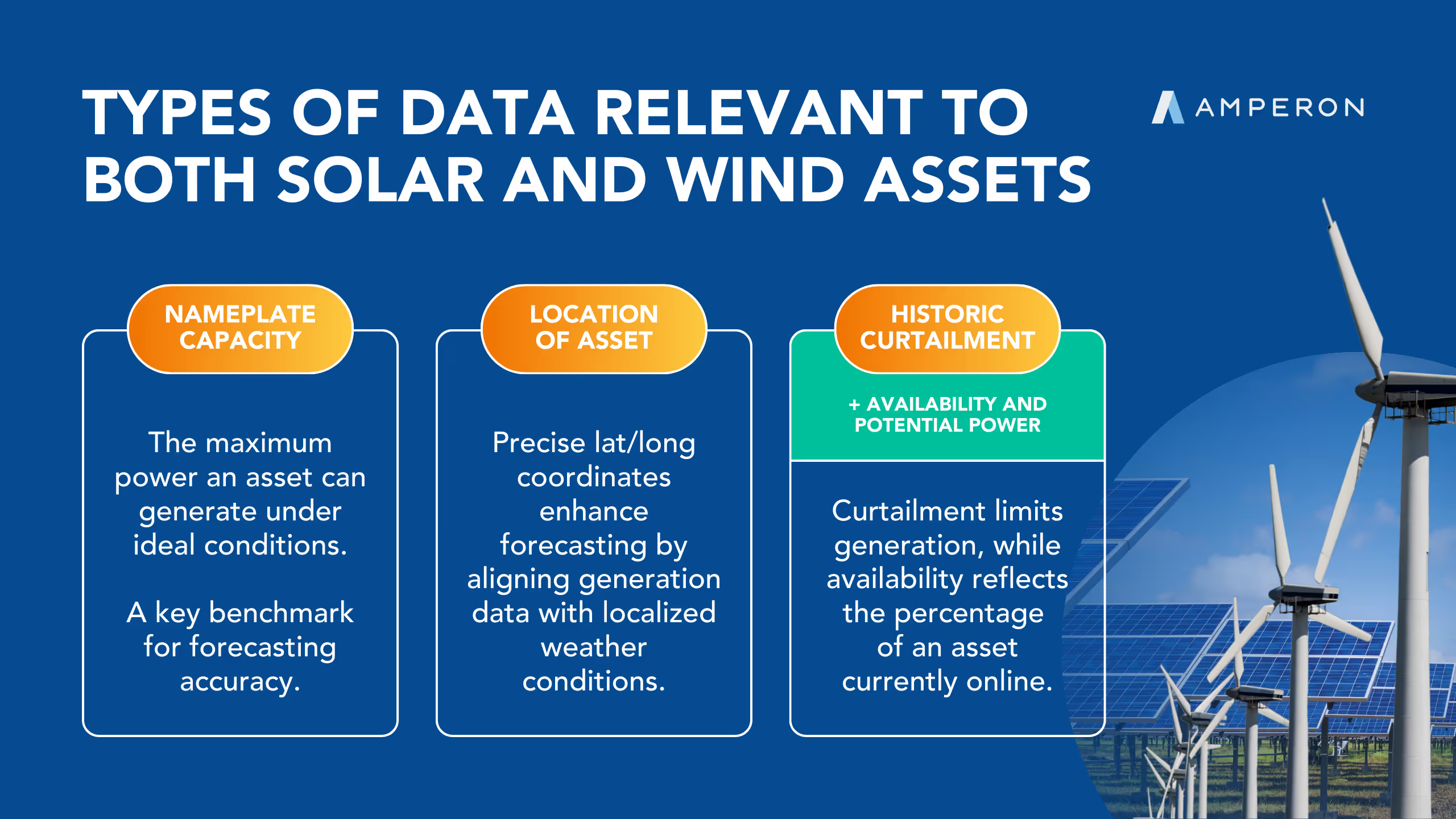
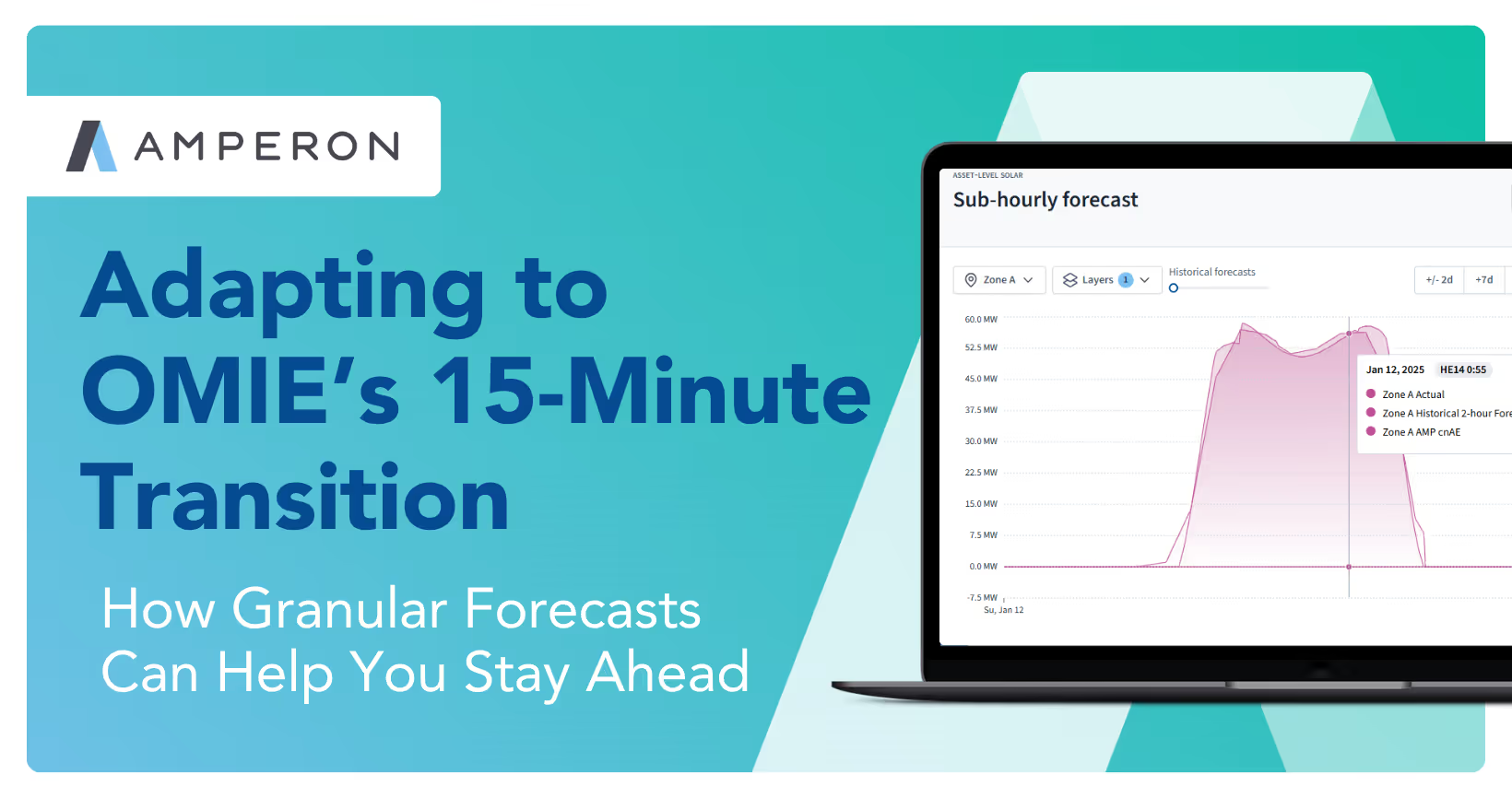
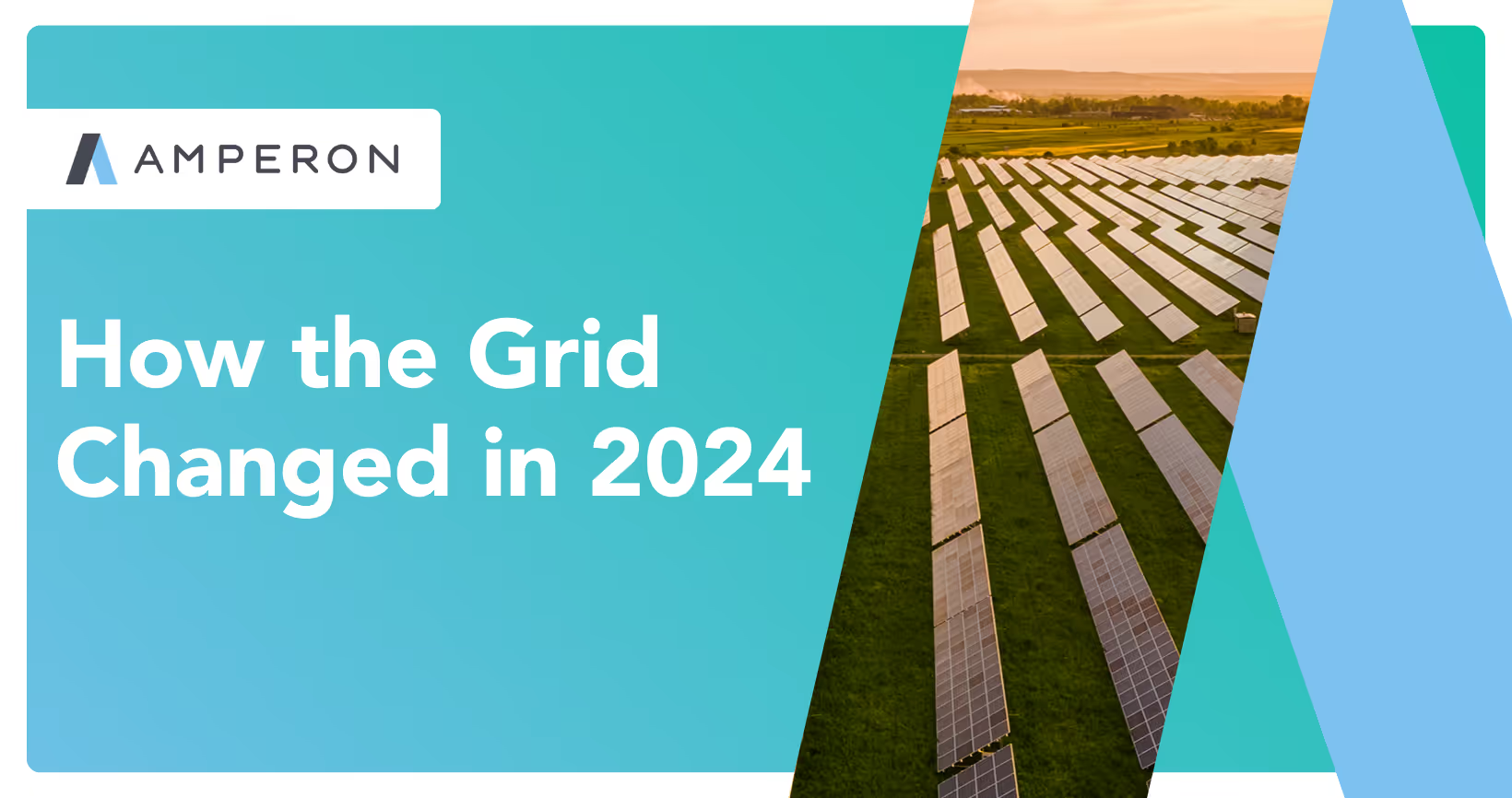
.avif)
%20(15).avif)

.avif)
%20(10).avif)

.avif)
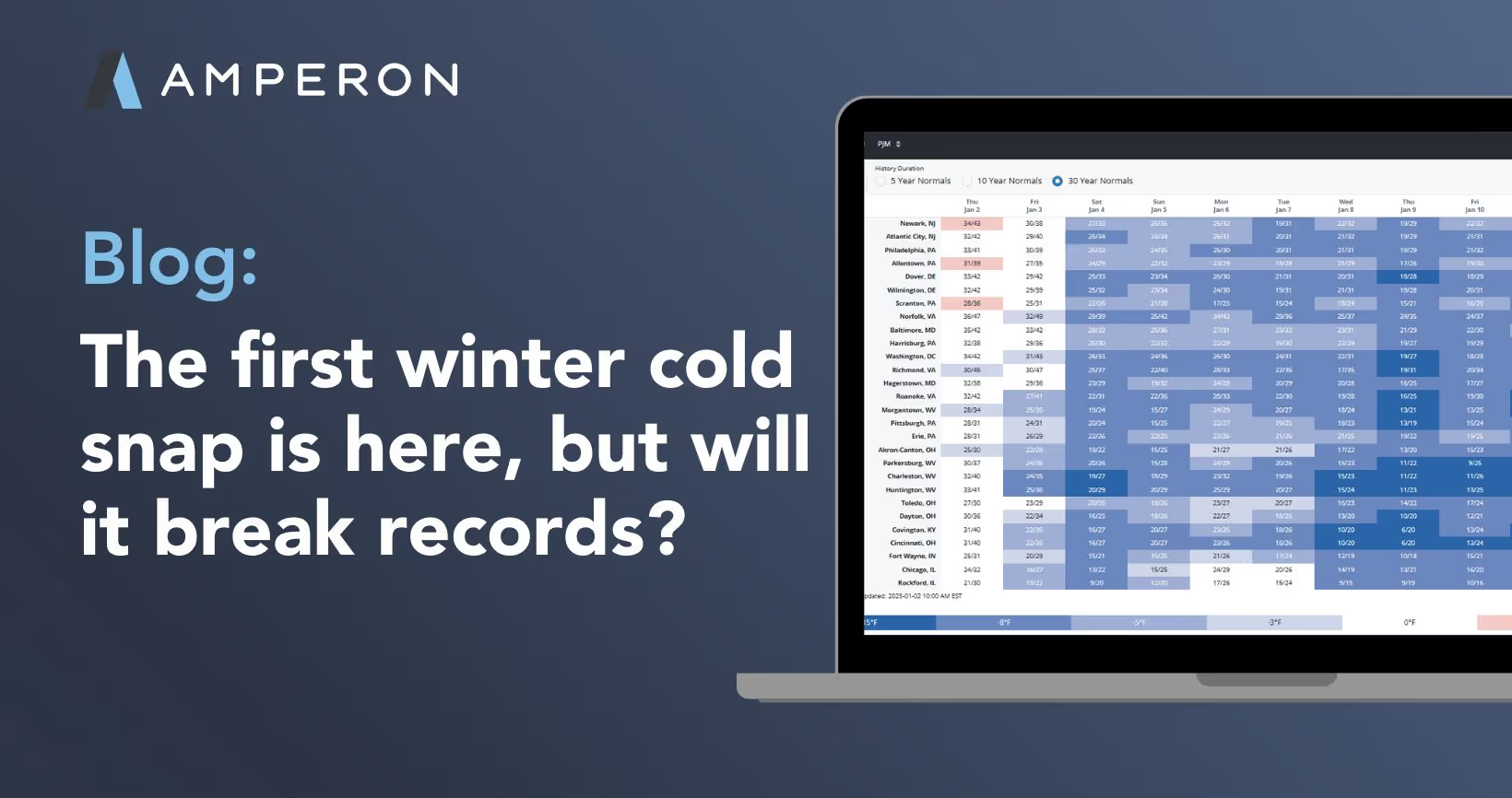

.avif)
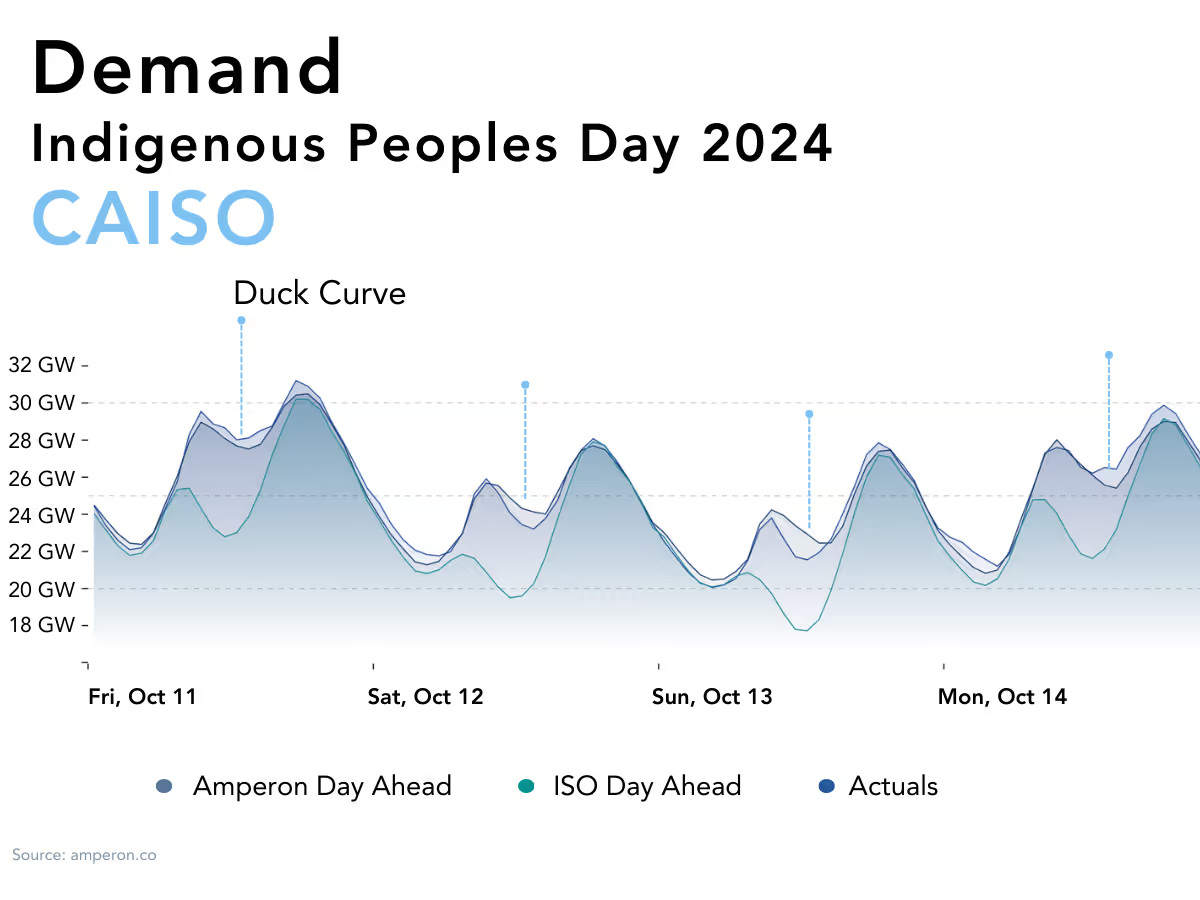
.avif)
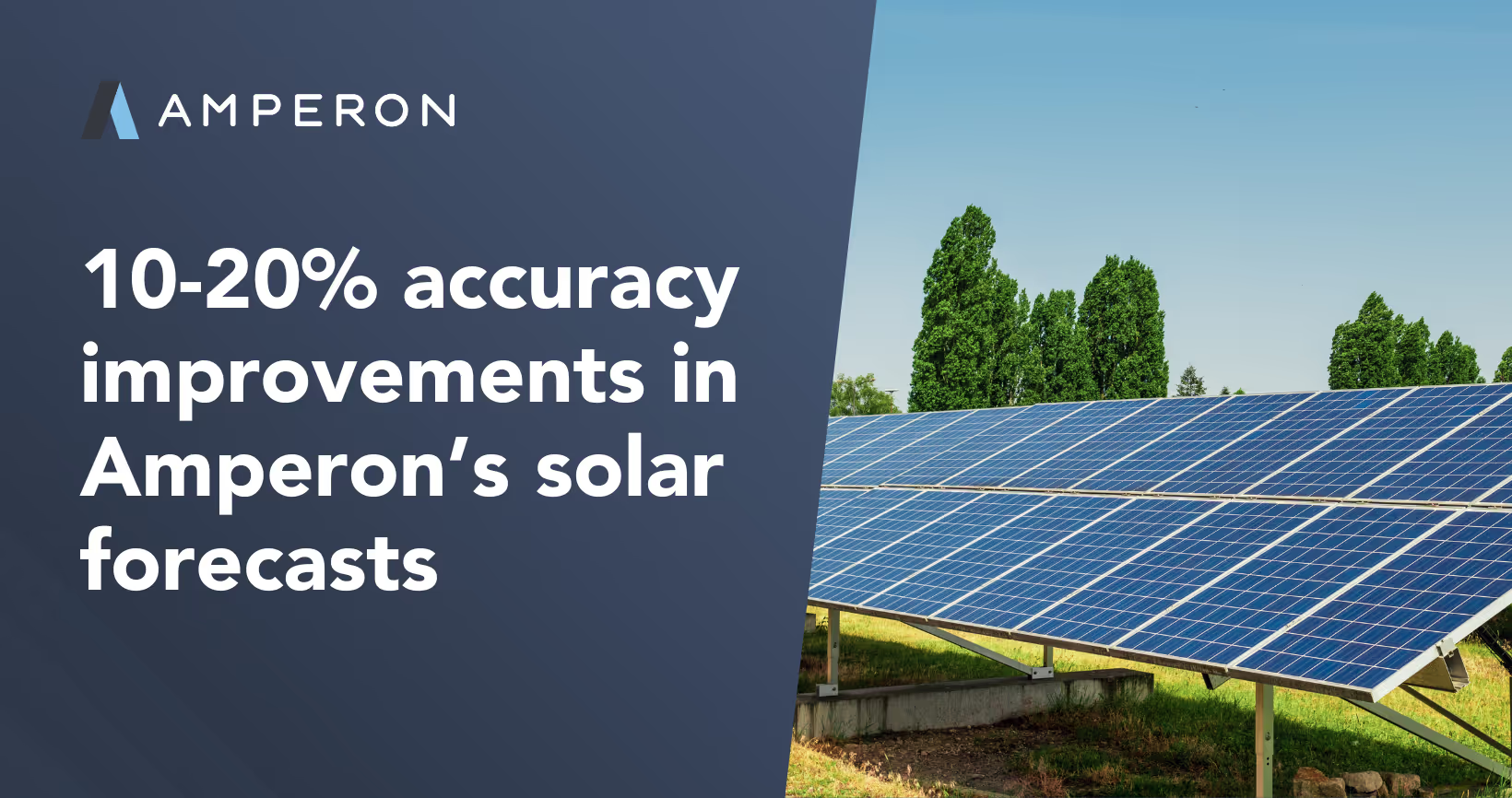


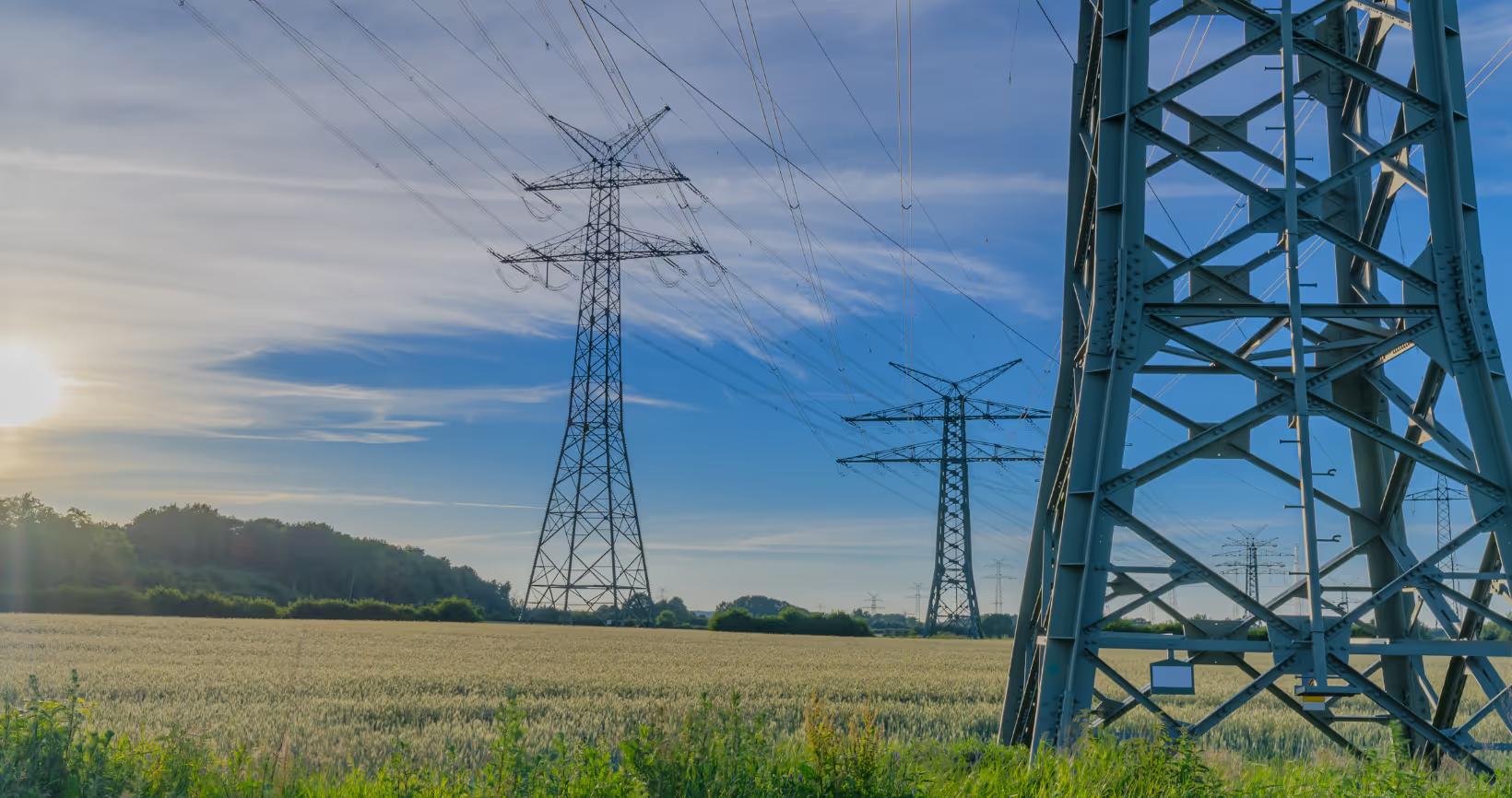

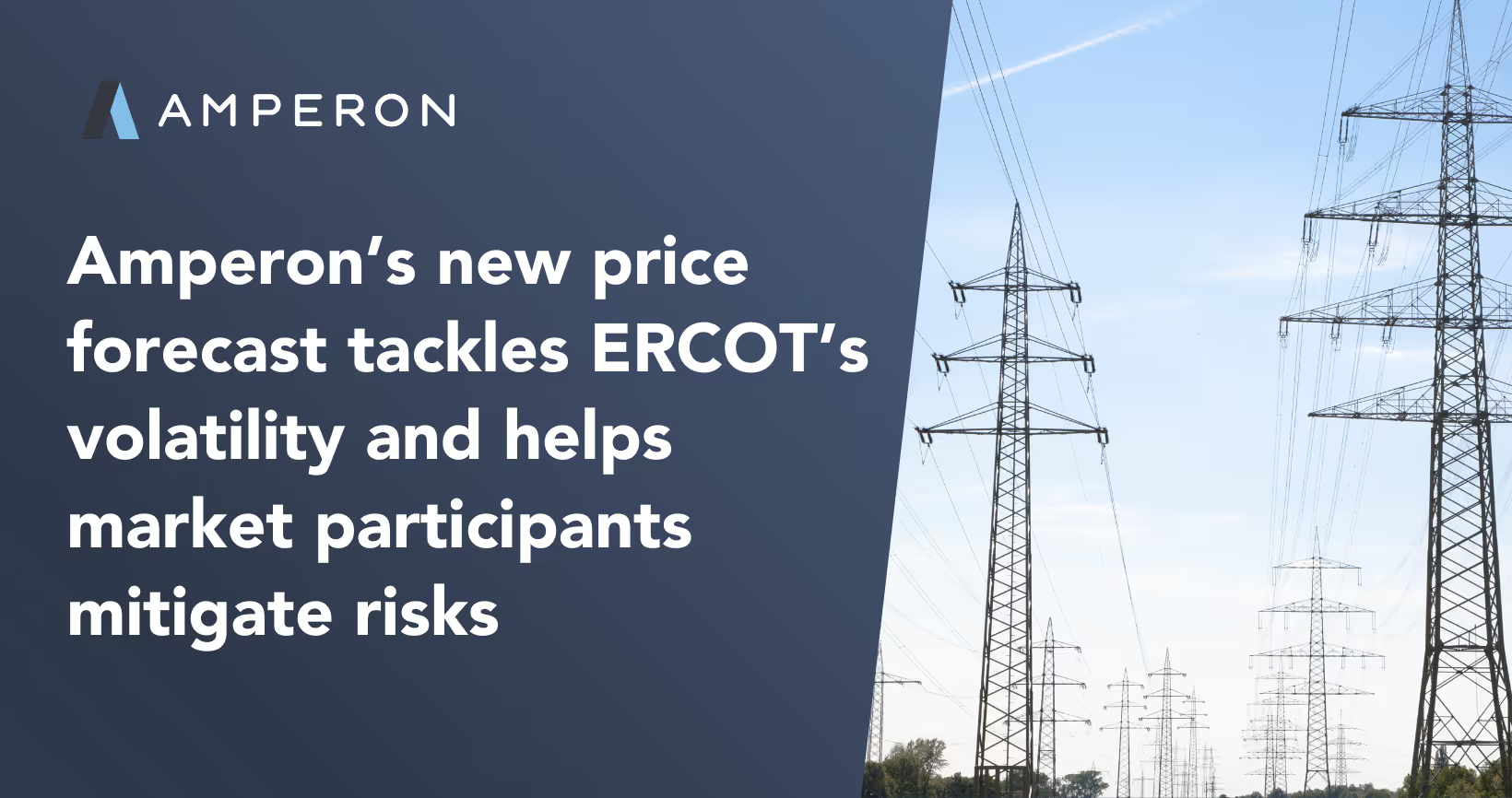
.avif)
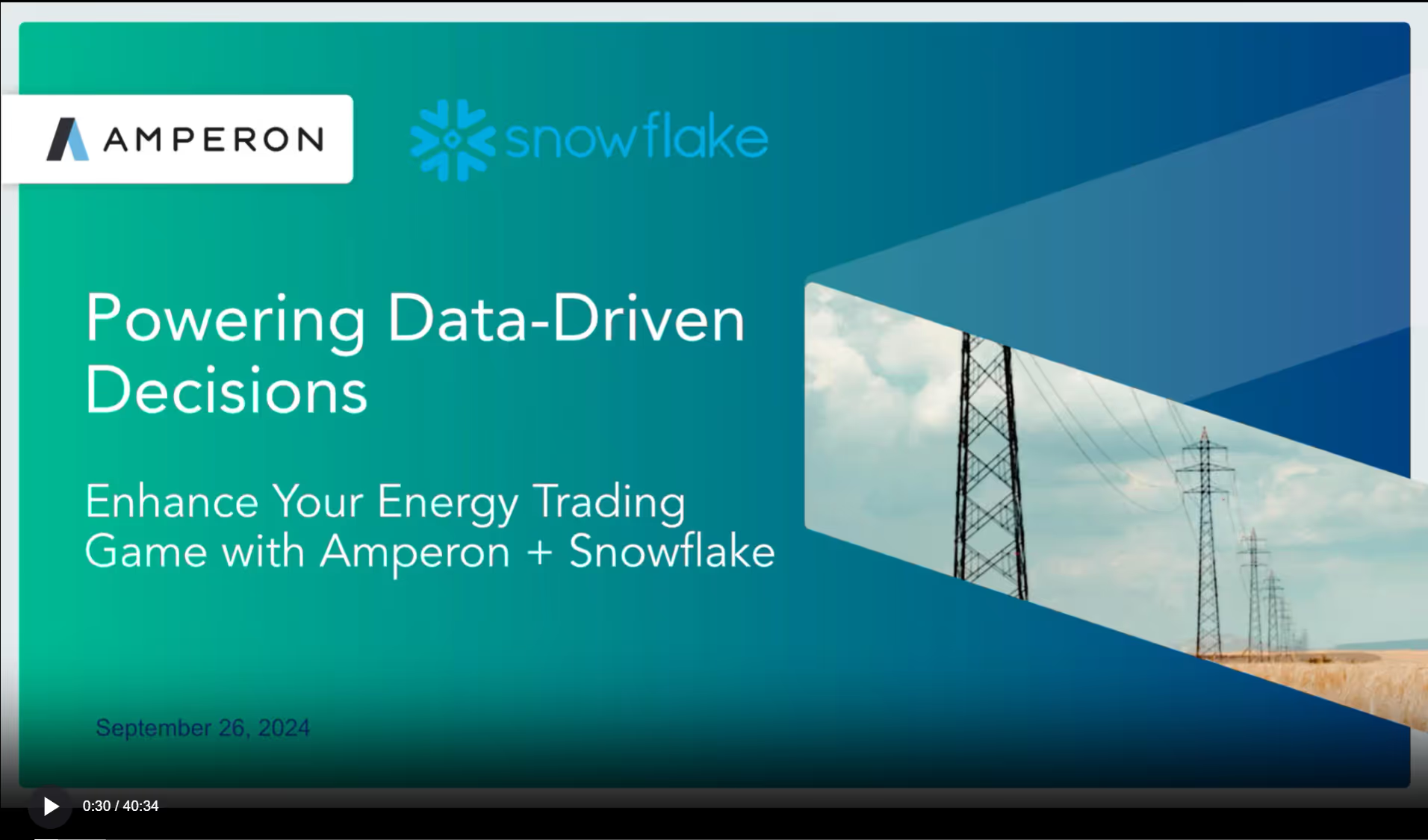


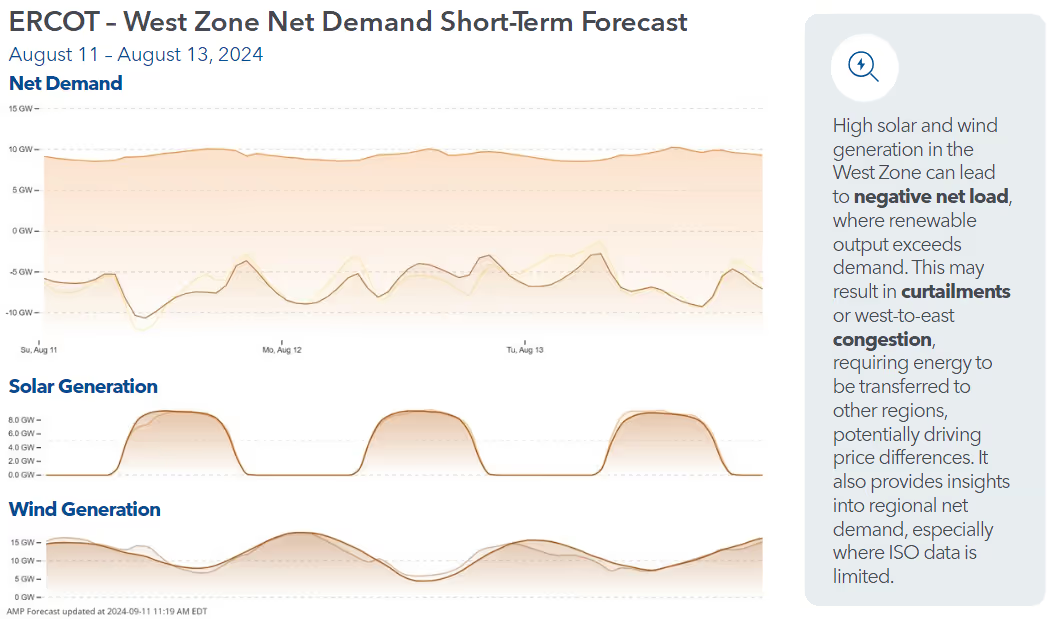



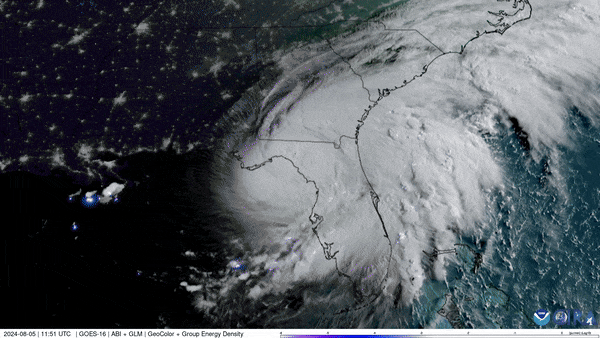
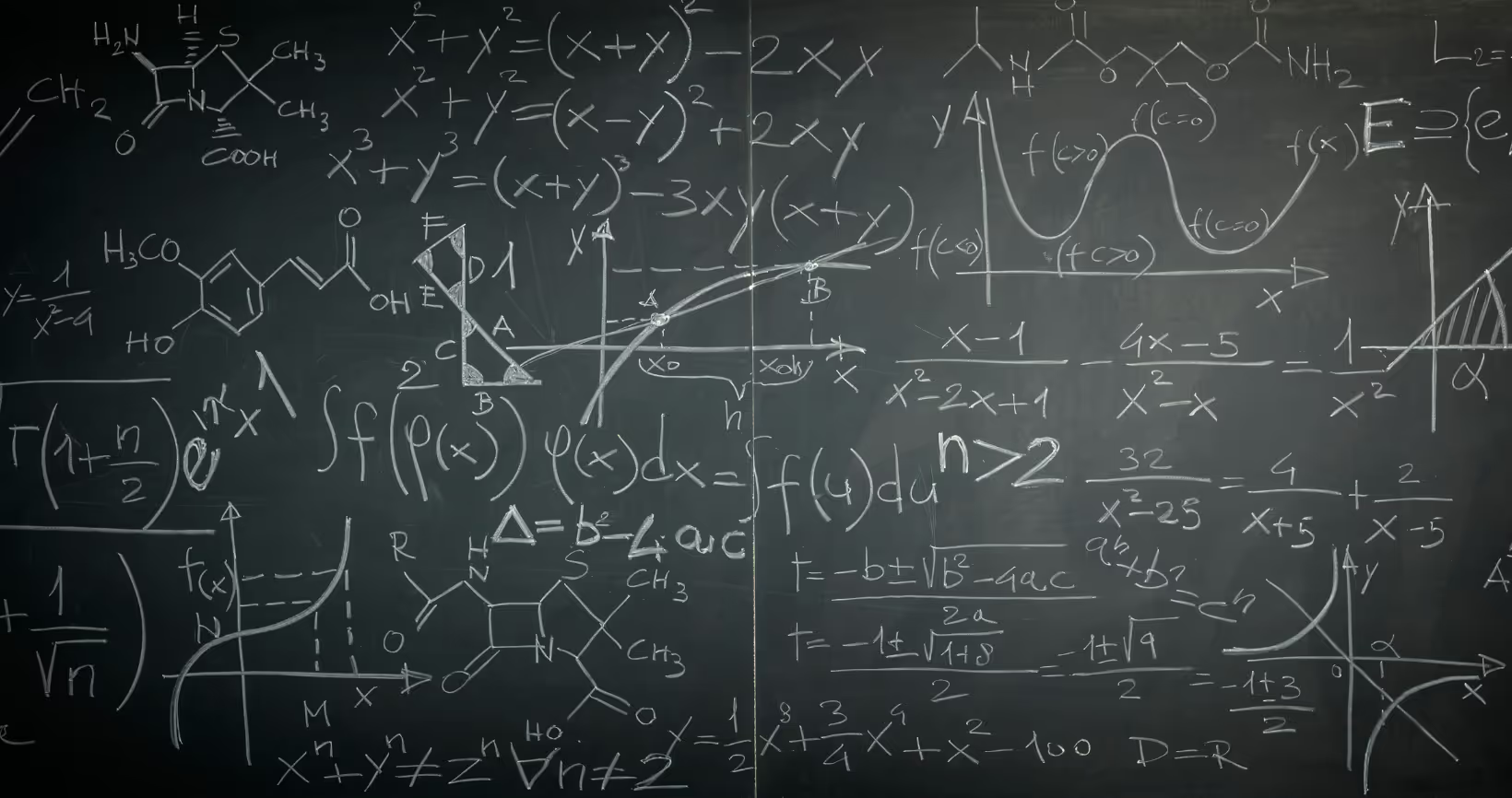
.avif)

.avif)
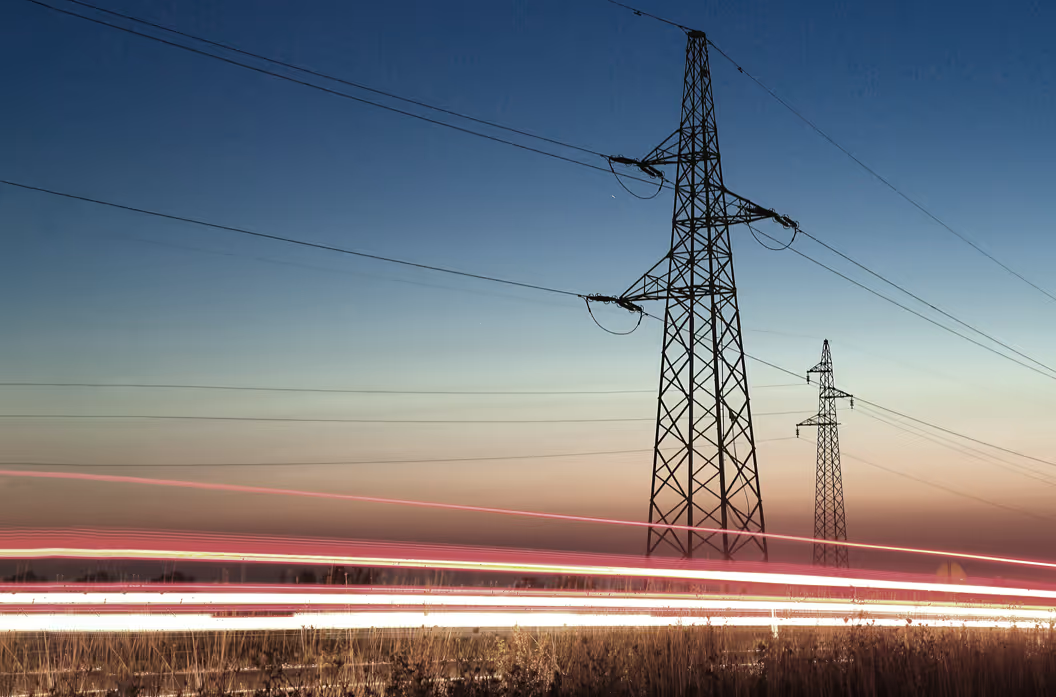
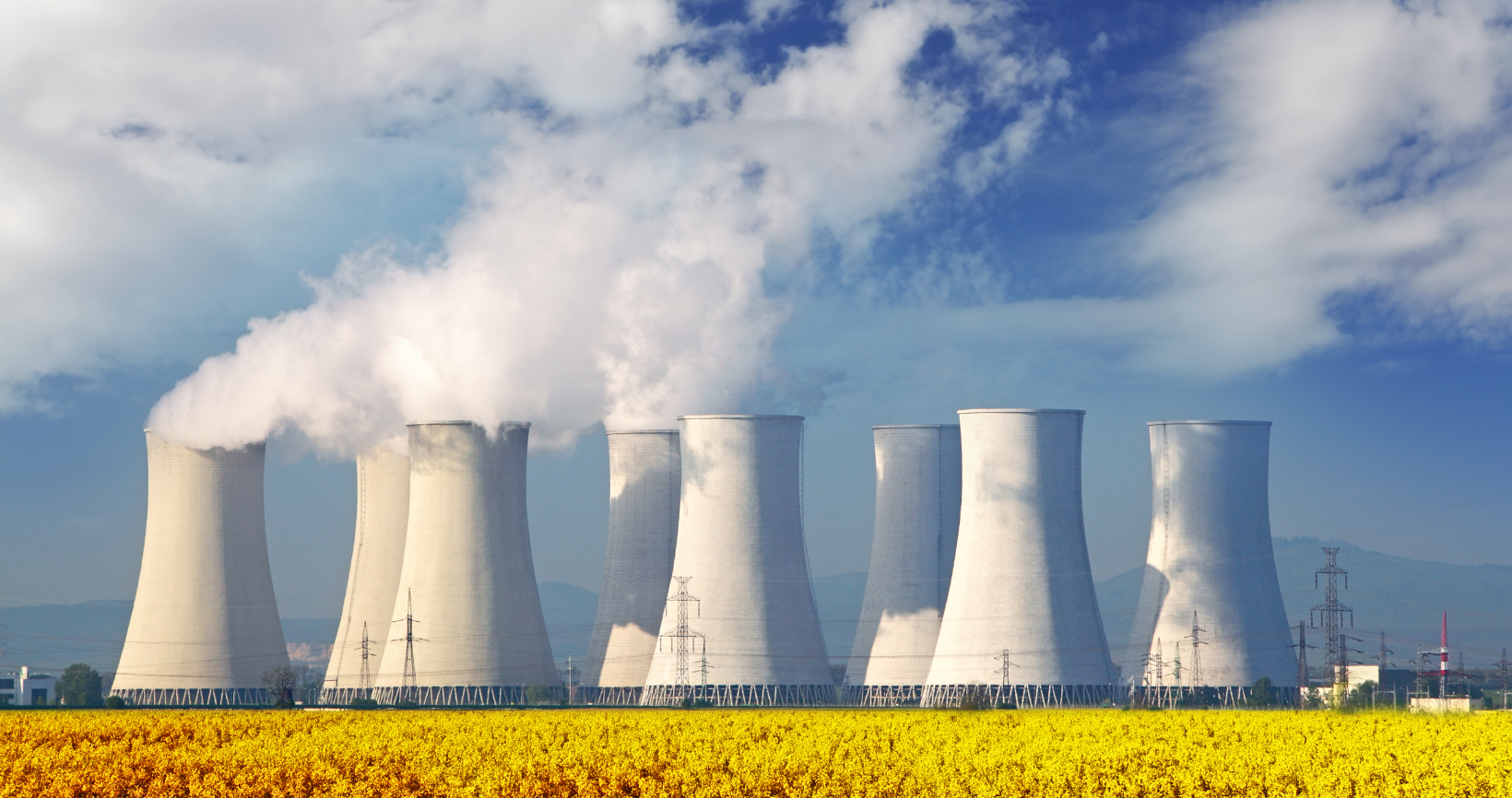


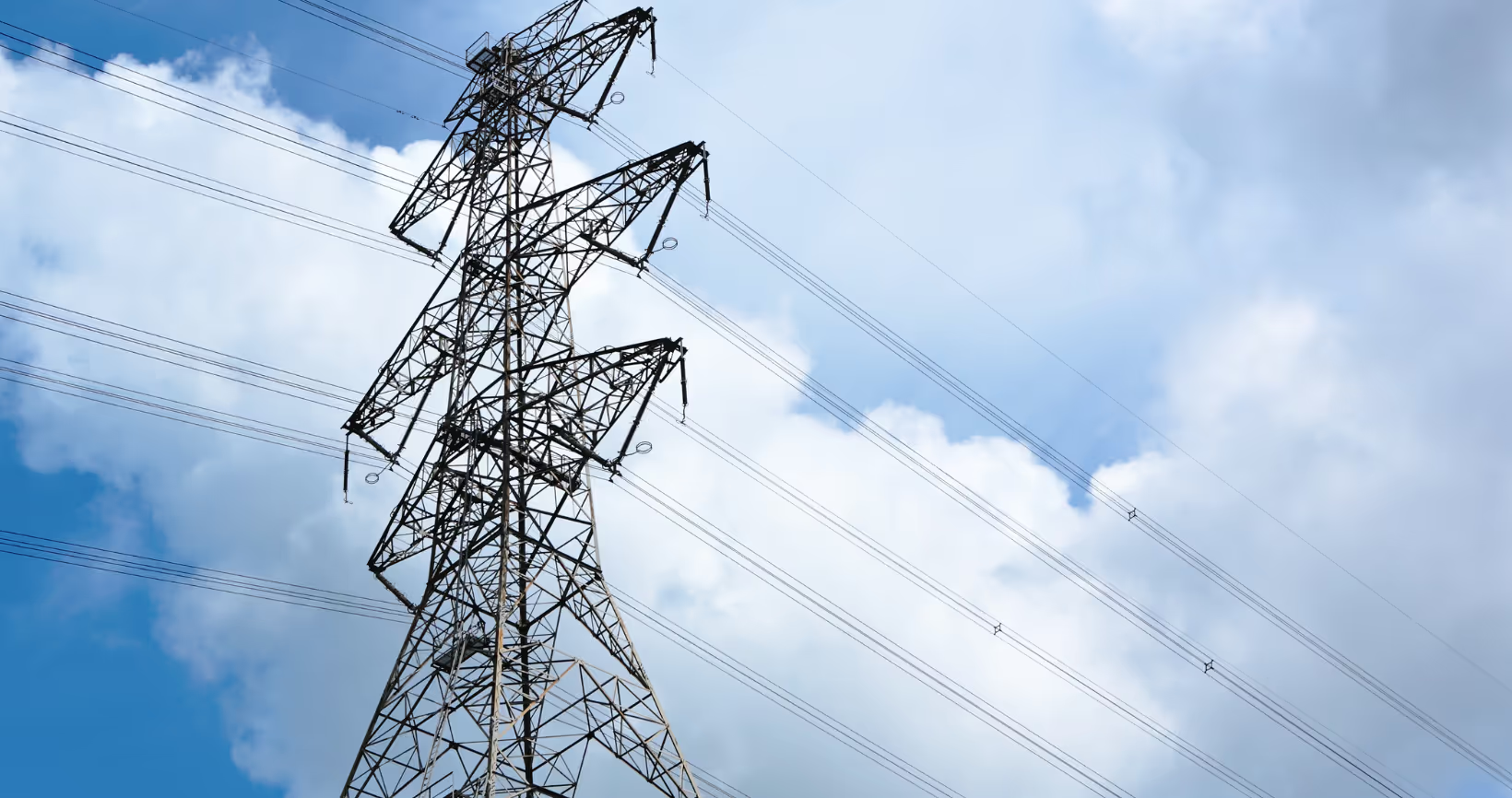
.avif)

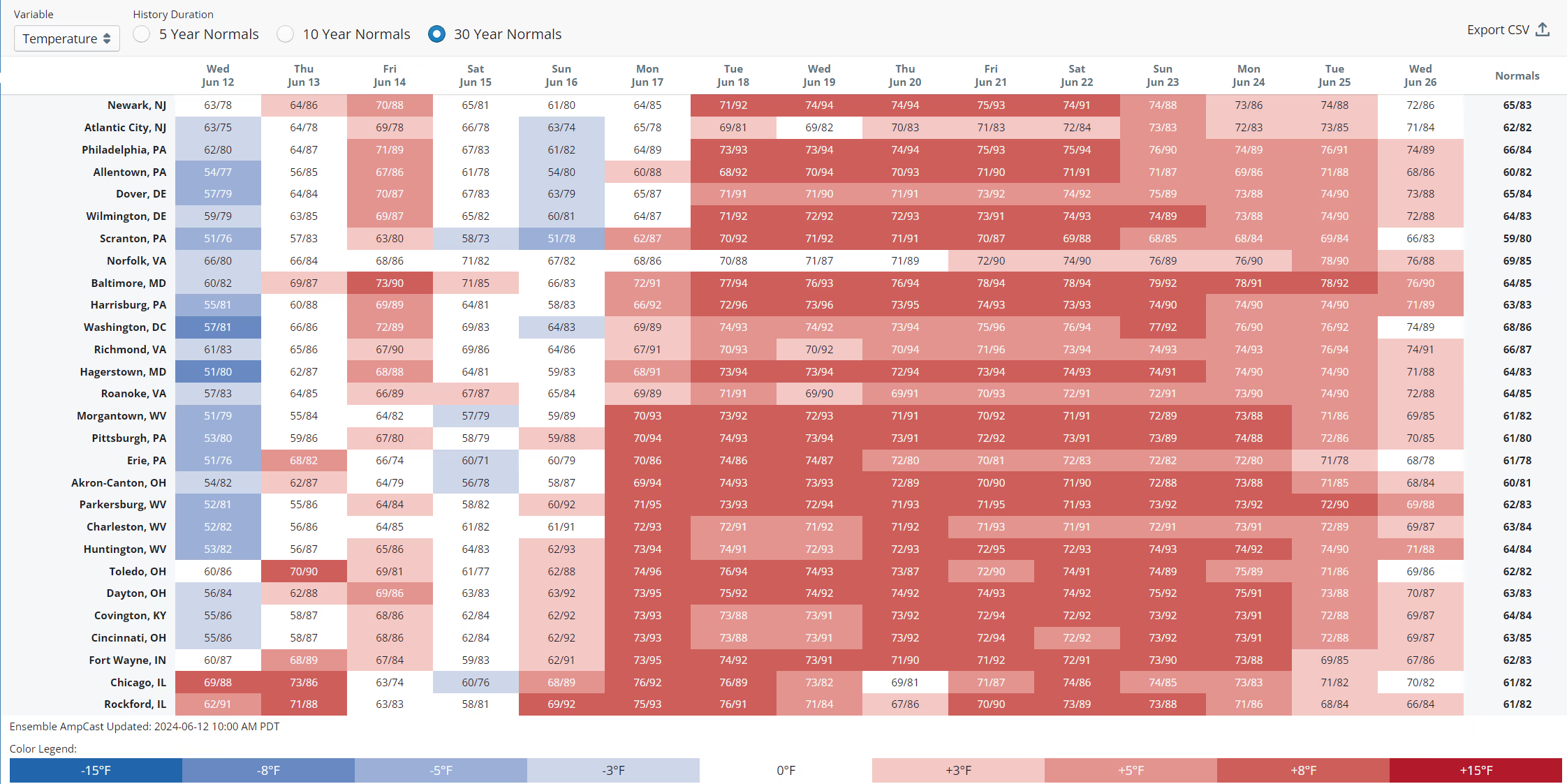
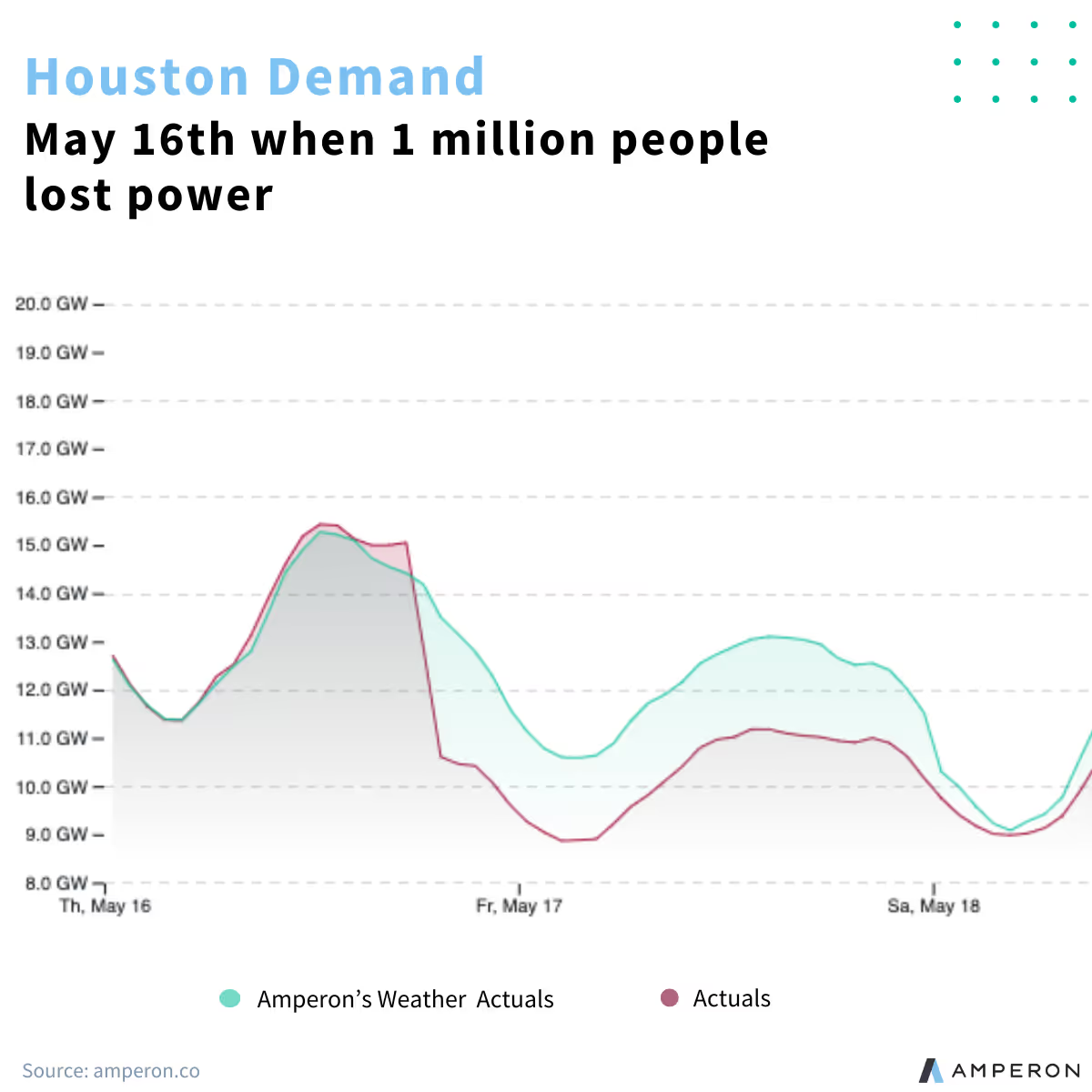
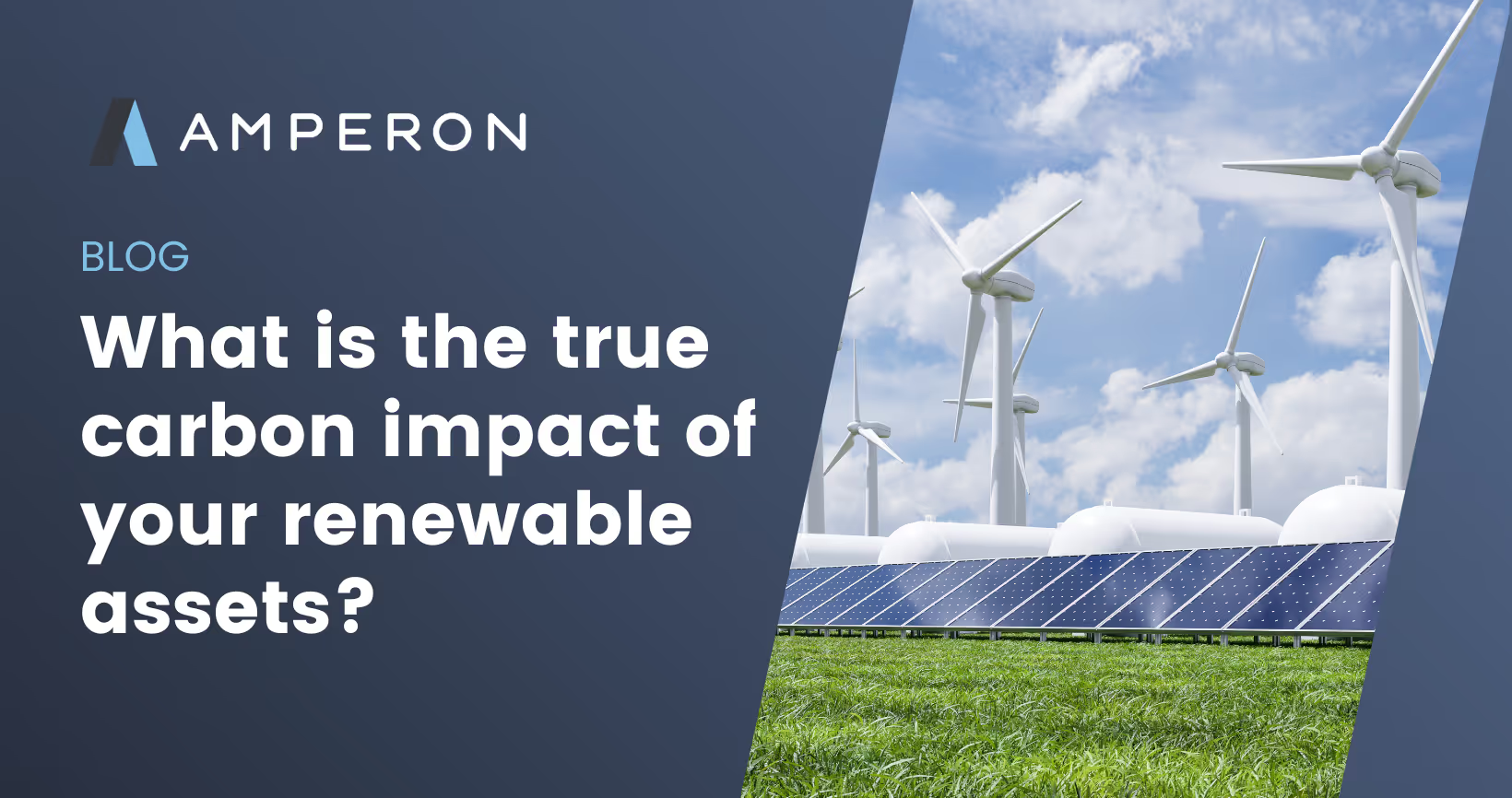

.avif)
.avif)



.avif)

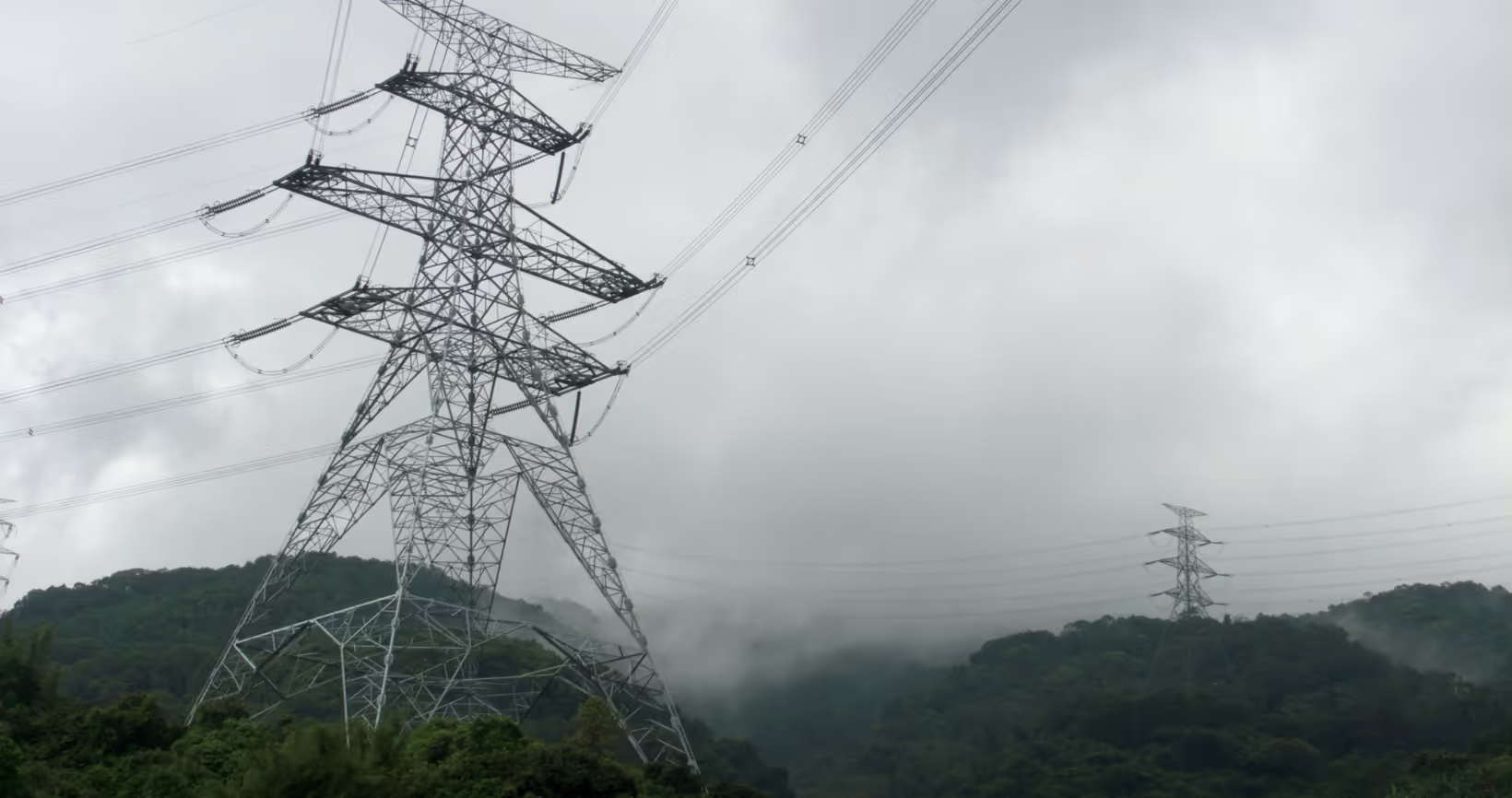


.avif)


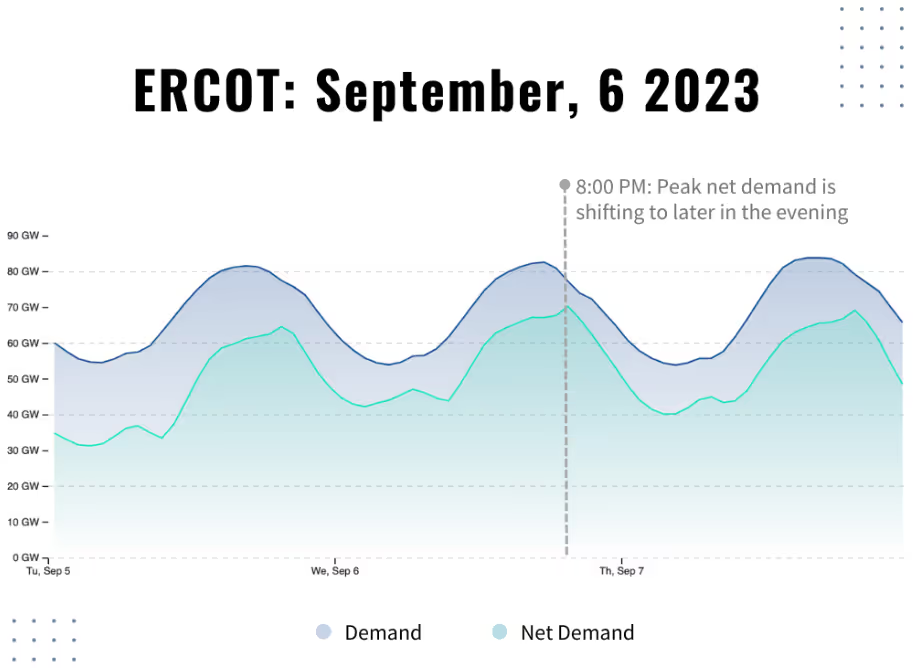
.avif)
.avif)



